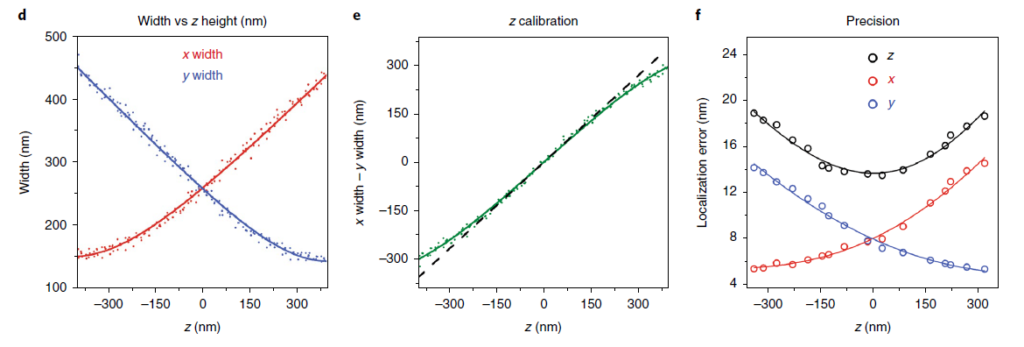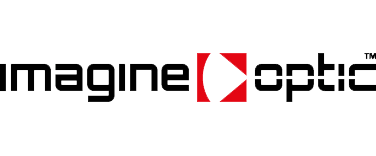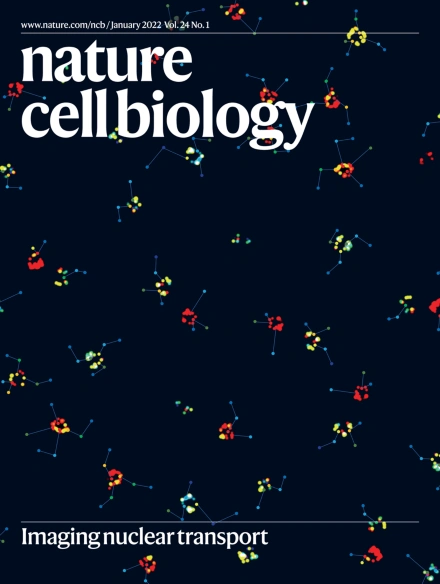The group of Siegfried Musser from Texas AM University recently published an article in Nature Cell Biology where they used a MIRAO 52E deformable mirror to perform nuclear pore complex imaging using adaptive optics in super resolution. Super resolution microscopy techniques, such as PALM and STORM, open the possibility to visualize the smallest intracellular components, lying well beyond the diffraction limit of light and which are not otherwise accessible using conventional fluorescence microscopy methods. One of such small intracellular structures, is a nuclear pore complex (NPC). Embedded in the nucleus membrane NPCs are massive multiprotein complexes that act as passageways for the transport of molecules into and out of the nucleus. With a molecular mass of 125 MDa in vertebrates, the NPC is one of the largest and most complex protein structures of eukaryotic cells and yet is still smaller than diffraction limit.
Breaking the diffraction limit
While numerous 3D light microscopy methods have been developed over the last few decades, single-molecule astigmatism imaging provides the highest spatial localization precision in X, Y and Z, and its useful Z-range matches well to that necessary to monitor cargo trafficking through NPCs. Although the simplest approach to achieve astigmatism imaging is via a cylindrical lens, here researchers used MIRAO 52E deformable mirror both to correct sample-induced aberrations and to add a small amount of astigmatism for 3D imaging. This way they demonstrated exceptional-quality calibration curves which ensured the highest localization precision in Z.

Even though here researchers decided to implement standalone adaptive optics components, the same results could be obtained using MICAO 3DSR – a plug & play adaptive optics system from Imagine Optic. This device is compatible with any inverted-frame microscope and our MICAO 3DSR offer automatically includes installation services and long-term support in order to create a hassle-free experience for our customers.
If you’re interested in finding out more about our line of Microscopy and Adaptive Optics solutions, you can reach us at sales@imagine-optic.com or through the contact form (red enveloppe on the side).

